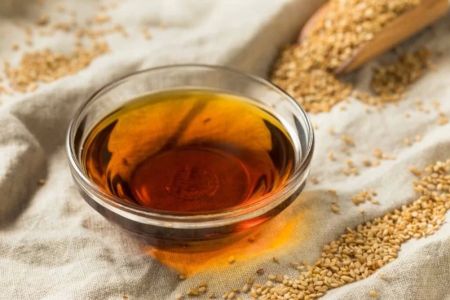Exploring the Best Chinese Spices: A Flavorful Journey
Growing up in a family where food was at the center of every gathering, I developed a love for cooking and experimenting with different flavors early on. When I first started exploring Chinese cuisine, I was amazed by the variety of spices used to create its signature depth of flavor. Chinese cooking isn't just about adding heat to a dish; it’s about balancing multiple layers of flavors—spicy, savory, tangy, sweet, and earthy. In this article, I’ll take you on a flavorful journey to discover the top Chinese spices that I’ve come to love and that I believe every home cook should try.
1. Star Anise: The Sweet and Spicy Wonder
One of the most iconic spices in Chinese cuisine is star anise. With its star-shaped pods and distinct aroma, it’s hard to miss. This spice has a licorice-like flavor that pairs wonderfully with meats, especially in braised dishes and soups. I first encountered star anise in a traditional Chinese five-spice blend, and I was hooked from the first bite. It has the perfect balance of sweetness and spiciness, which is why it's often used in slow-cooked dishes like red-braised pork or beef stew. Star anise is also a key ingredient in many Chinese broths and marinades, adding a warm, aromatic complexity to the dish.
2. Sichuan Peppercorns: A Tingling Sensation
When I first tasted Sichuan peppercorns, I was completely surprised by the sensation they left on my tongue. Unlike other spices that add heat, Sichuan peppercorns provide a numbing, tingling sensation—something referred to as "má" in Chinese cuisine. This numbing effect, combined with the spice’s citrusy and slightly floral flavor, is essential in Sichuan cuisine. I often use it in dishes like mapo tofu and kung pao chicken, where the peppercorns complement the heat from the chili peppers, creating a uniquely flavorful experience.
3. Chinese Cinnamon (Cassia Bark): Rich and Warm
While regular cinnamon might be familiar to many, Chinese cinnamon, also known as cassia bark, is a staple in Chinese cooking. It has a bolder, spicier flavor compared to the more delicate cinnamon that we often use in desserts. Cassia bark is often used in savory dishes, especially in braises and stir-fries. I’ve found it to be particularly great in Chinese braised chicken or pork belly, where its rich warmth elevates the dish and adds a comforting aroma. A small piece of cassia bark can go a long way, and it’s often paired with star anise in many traditional Chinese recipes.
4. Ginger: The Zesty Essential
Ginger is one of the most versatile spices in Chinese cooking, and it’s something I use almost daily. Whether fresh, dried, or ground, ginger adds a sharp, peppery, and slightly sweet flavor to dishes. I often incorporate fresh ginger into stir-fries, soups, and marinades to add depth and balance. Its slightly pungent kick is particularly good when paired with soy sauce and garlic, which is a combination that can be found in many Chinese dishes. From ginger chicken to hot and sour soup, this spice is a must-have in my kitchen.
5. Chinese Cloves: A Fragrant Addition
Cloves are often associated with sweet desserts or holiday cooking, but in Chinese cuisine, they serve a very different purpose. Chinese cloves are smaller and more intense in flavor than the ones commonly found in Western kitchens. They are often used in braised dishes and stews, adding an aromatic, slightly sweet flavor that enhances the overall depth of the dish. I love adding a couple of whole cloves when making a beef and vegetable stew, as they bring a rich, warm fragrance that fills the entire kitchen.
6. Garlic: A Universal Flavor Booster
No list of Chinese spices would be complete without garlic. Garlic plays a pivotal role in Chinese cuisine, adding a strong, savory base to many dishes. Its flavor can range from mild and sweet when sautéed to pungent and spicy when raw. Garlic is the foundation of many stir-fry recipes and is often used in sauces and marinades. My go-to dish with garlic is garlic chicken stir-fry, where the garlic adds an irresistible aroma and flavor that perfectly complements the tender chicken and fresh vegetables.
7. Dried Red Chilies: For That Extra Kick
If you love spice, dried red chilies are an essential component in your kitchen. These chilies, often used in their whole form, add a fiery heat to Chinese dishes. I frequently use them in stir-fries, noodle dishes, and even soups. Dried chilies are often stir-fried in oil to release their heat and flavor before being added to the dish. One of my favorite dishes to make with dried red chilies is spicy kung pao chicken, where the chilies add a satisfying level of heat to the dish.
8. Hoisin Sauce: Sweet and Savory Magic
While not a spice in the traditional sense, hoisin sauce deserves a place on this list because of its unique flavor profile. A mixture of soybeans, garlic, vinegar, and various spices, hoisin sauce is a thick, dark sauce that is both sweet and savory. It’s often used in Chinese barbecue dishes like Peking duck, and I love using it as a glaze for roasted meats. It’s also great as a dipping sauce or in stir-fries, where its sweetness balances out the other spices and adds complexity to the dish.
9. Chinese Five-Spice Powder: A Blend of the Essentials
Chinese five-spice powder is a powerful blend that includes star anise, cloves, Chinese cinnamon, Sichuan peppercorns, and fennel seeds. This spice mix is a quick way to infuse a dish with a complex flavor. I use it for everything from slow-cooked pork belly to roast duck, and it’s a must-have when you want to recreate authentic Chinese flavors at home. The sweet, spicy, and savory notes of this blend make it perfect for a wide range of Chinese dishes.
Conclusion
Chinese spices are incredibly diverse, each one adding its own unique flavor and complexity to dishes. As I continue to explore Chinese cooking, I find myself using these spices not only to enhance the flavors of my meals but also to create new combinations and discover fresh cooking techniques. If you’re looking to bring some authentic Chinese flavors into your home, these spices are the perfect starting point. Whether you’re cooking a traditional dish or experimenting with a modern take on Chinese cuisine, these spices will help you achieve the depth of flavor that makes Chinese food so exciting and delicious.


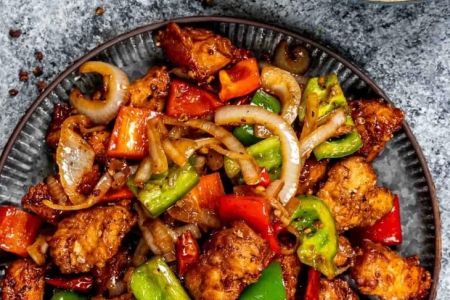
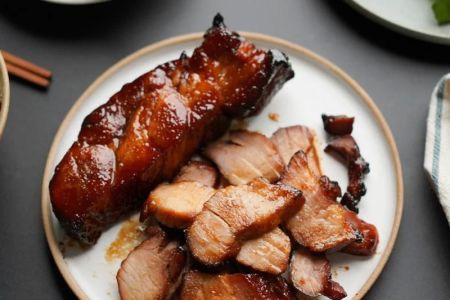
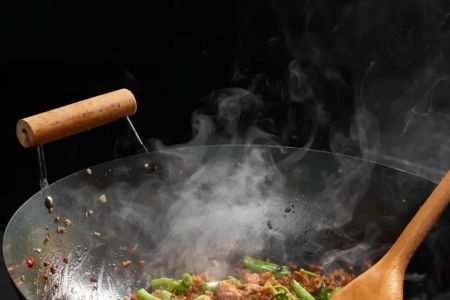
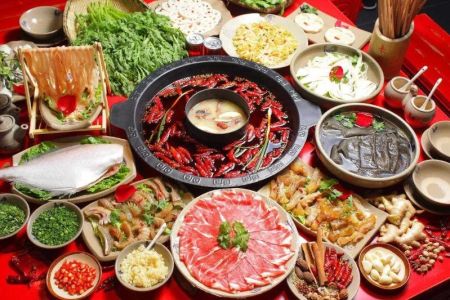
![Top Chinese Restaurants for Authentic Cantonese Cuisine in [Your City]](https://img.gochinarose.com/d33/2507/4157910400_450x300.webp)
